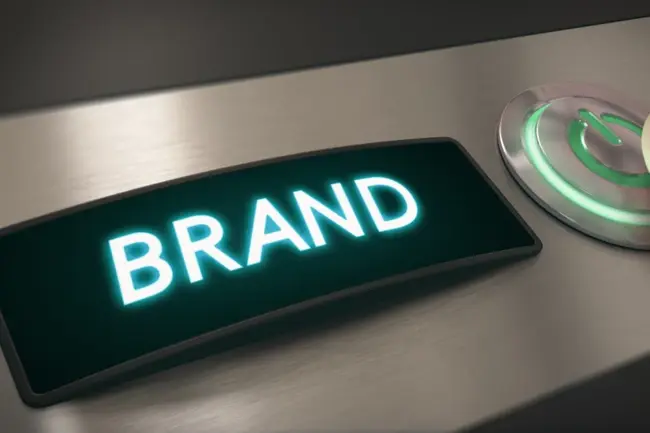This article was contributed by Lis Anderson, Founder and Director of Ambitious PR.
When experienced marketers lend their talents to activating brands, businesses can foster positive consumer engagement and generate radical long-term success.
Whether your company is new or experiencing a rebrand, brand activation can build lasting relationships and yield positive results.

What is brand activation?
When you have a new company or product, it's essentially a lifeless entity because nobody knows about it yet.
Brand activation is the process of making your brand known to people by curating a specific event, interaction or experience. This isn’t solely set aside for new brands, it can be used as a way of raising awareness of a new product or when rebranding an existing company.
Why do people use brand activation?
When executed right, brand activation campaigns have proven to be incredibly successful for businesses.
Brand activations have become so prevalent and successful, that brands are now reaching out to activation specialists to help them build successful activation campaigns. There are numerous benefits to including an activation campaign in your marketing strategy, these can include:
- Building awareness
- Strengthening relationships
- Amplifying sales
- Challenging perceptions
- Fostering a ripple effect
1. Ways to ‘activate’ your brand
To develop a successful brand strategy for your business, it's important to understand the different brand activation types. Here are some of the most popular ways to activate your brand:
- Experiential marketing
- In-store activation
- Sampling campaigns
- Industry events
These events offer opportunities to book a space for a booth, host a seminar or create visibility for social media. An industry event is also a great setting to try some experiential marketing.
2. Brand building vs brand activation
You might think brand activation sounds remarkably like brand building, but they have one fundamental difference.
Brand building is about establishing and growing your brand in the long-term, while brand activation is a purposeful short-term campaign.
Brand activations use a strategy to deliver quick and effective results that answer a particular business goal. While brand building is a much longer-term solution, which factors in brand activation as a specific tactic.
While brand activations can offer a fun and creative way to market your brand to as many people as possible; marketing and PR professionals have become increasingly aware that a singular focus on easy, short-term gains can become problematic.
3. The curse of short-termism
Modern digital marketing makes it easy for brands to be seduced by the quick gains of brand activations. Short term brand activation strategies such as experiential marketing and sampling offer quick satisfaction for businesses.
But too much emphasis on this can inhibit long term brand growth. Short-termism is generally considered amongst marketing professionals to be the number one issue in the industry.
Too much emphasis on brand activations can lead to:
- Poor quality leads
- A small prospect pool
- A dry marketing funnel
- Less attention on strategy
- Creative burn out
- Profit plateau
4. The best of both worlds
Top marketing and PR professionals will tell you that successful strategies involve the utilisation of both long and short-term approaches.
However, if you only focus on building your brand, you never nudge your audience to finally make a purchase. Forbes suggests considering both the long-term strategy of brand creation with a sales activation that works well for your business.
5. The balancing act
The perfect balance of long-term brand building with quick brand activation is hard to determine. What works well for one company might not work for another, which makes it hard to draw up a perfect recipe.
Finding the perfect balance takes time and investment, and truthfully, this balance might change as your brand grows.
Finding a successful balance of both tactics can have a significant impact on your bottom line. The most effective balance between the two strategies has been widely researched by marketing gurus Les Binet and Peter Field. It’s now widely referred to as the 60/40 rule for success.
6. Making the connection
How your customers directly engage with your business or products is an important factor to overall success. By first establishing your brand and understanding your brand values and identity, your activation tactics may yield better results.
Brands like Adidas have made it clear that investment in the right activation tactics and marketing strategy is key. While some choose to go solo, others have amplified their results by leveraging the skills and knowledge of an agency.







Comments ( 0 )